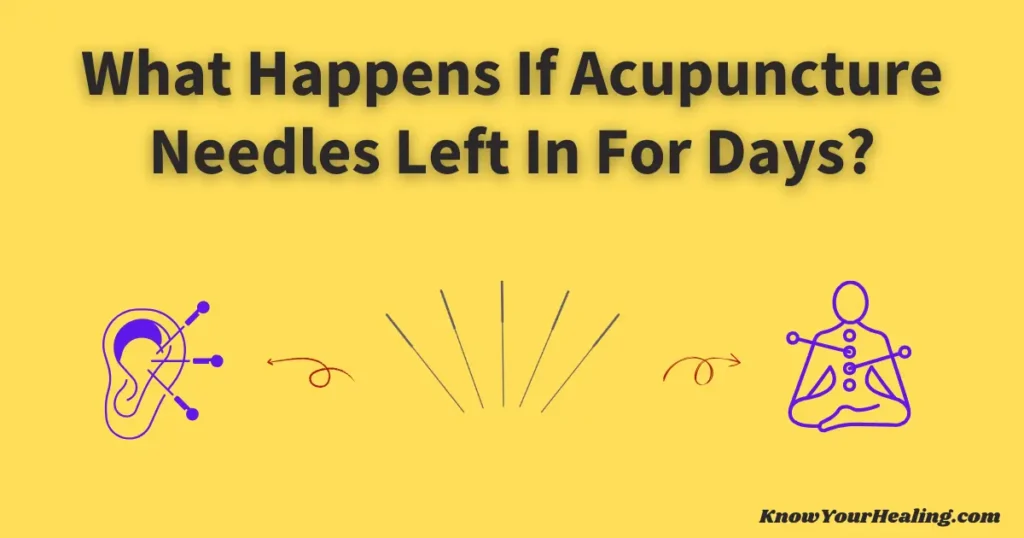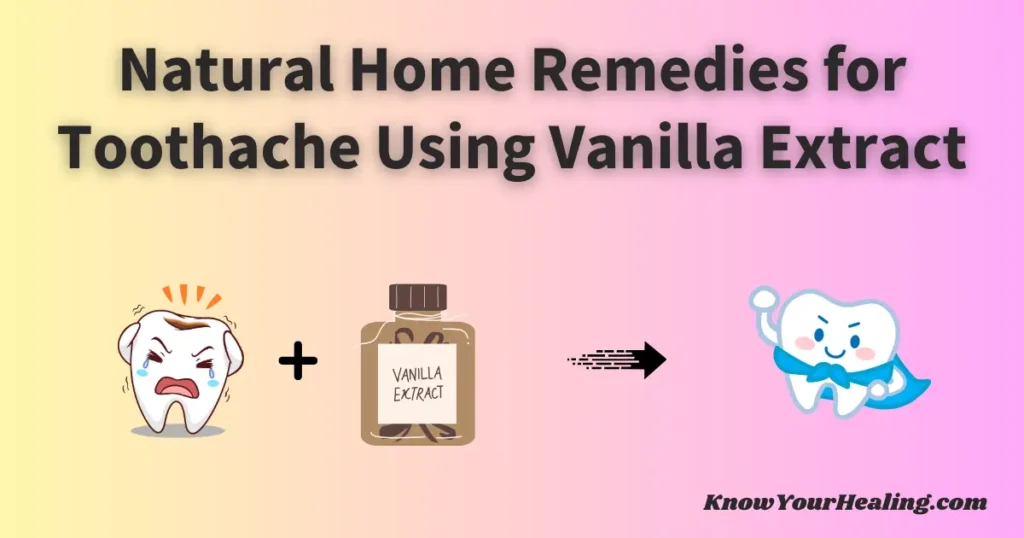Home remedies for whiplash are gaining popularity as people seek safe and effective ways to find relief at home.
Many people experience neck pain, stiffness, and movement problems after a sudden jerking injury, leaving them searching for easy solutions.
This article outlines the 15 best ways to alleviate whiplash symptoms at home and expedite recovery.
From simple pain relief methods to lifestyle tips, this guide provides practical steps that anyone can use after sustaining a neck injury. These suggestions help people feel better, regain movement, and support healing.
Cold Therapy with Ice Packs

Apply cold therapy with ice packs soon after a whiplash injury, especially in the first 24-48 hours. This method helps control inflammation and swelling in the neck muscles and surrounding soft tissues.
Place a cold pack on the affected area for 15-20 minutes every few hours to relieve pain. Always wrap the ice pack in a thin towel to protect the skin.
Ice therapy helps reduce muscle spasms and discomfort. If you experience severe neck pain, difficulty moving your neck, or neurological symptoms, consult a healthcare professional.
Discover the benefits of using cold therapy for whiplash. Ice packs are simple to use and can make a difference in early recovery.
Heat Therapy with Warm Compresses
Heat therapy with warm compresses can ease tight muscles after a whiplash injury. Applying a warm compress or heating pad can increase blood flow to the area and help reduce discomfort.
Use heat only after the first 24-48 hours have passed. Before then, an ice pack helps manage swelling and pain.
After swelling subsides, gentle heat can help relieve muscle tension. Gently warm up your muscles before doing stretches or engaging in daily activities to help prevent further damage.
Place a heating pad or warm towel on the neck for 15-20 minutes at a time, several times a day. Some experts recommend alternating heat and cold for maximum relief.
Over-the-Counter NSAIDs
Use over-the-counter NSAIDs to manage whiplash pain after a car accident or other neck injury. These nonsteroidal anti-inflammatory drugs, such as ibuprofen or naproxen, reduce swelling and ease discomfort.
NSAIDs can support pain relief and help people continue daily activities. Pain relievers like these are most effective in the first 24-48 hours after an injury, when combined with other treatments such as ice packs and gentle stretches.
Follow the instructions on the medication label and watch for side effects. If pain is severe or does not improve, a healthcare professional may recommend prescription pain medication or suggest an alternative treatment plan, such as physical therapy.
For most people with mild symptoms, over-the-counter NSAIDs are a convenient way to handle muscle tension. Consult a healthcare provider if you have any questions about using these medications safely.
Gentle Neck Stretching Exercises
Gentle neck stretching exercises help restore range of motion after a whiplash injury. These stretches ease muscle tension and support healing.
Sit or stand with your back straight. Slowly tilt your head forward and hold for about 15 to 30 seconds.
This movement stretches the soft tissues along the back of the neck. Repeat the stretch two to four times to maintain flexibility.
Gently turn your head from side to side or tilt your ear toward your shoulder. Move slowly and stop if you feel severe neck pain.
These simple movements can become part of a daily home care routine. A physical therapist may recommend gentle exercises as part of a treatment plan.
Rest with Limited Neck Movement
Rest with limited neck movement supports healing after a whiplash injury. This is important in the first 24-48 hours following an auto accident or sports injury.
Allow the soft tissues in the neck time to recover, which can help reduce inflammation and pain. Avoid sudden movements or heavy lifting that could worsen the injury.
Keep your head and neck in a neutral position to prevent further damage. Using a special neck pillow at night may support the upper back and neck muscles during sleep.
Too much rest can weaken neck muscles. Short periods of gentle activity help maintain range of motion and prevent stiffness.
Listen to a healthcare provider when deciding how long to rest and when to resume light daily activities as part of an effective treatment for whiplash. If symptoms such as severe pain or muscle spasms persist, seek medical attention.
Using a Soft Foam Cervical Collar

Use a soft foam cervical collar for a whiplash injury after a car accident or sports injury. The collar supports the neck and limits movements that might cause more pain or damage.
A healthcare provider may recommend wearing a foam collar for a short period, usually during the first 24-48 hours when pain and stiffness are most severe. The collar reduces muscle tension, allowing the soft tissues to heal.
Studies show that maintaining the neck in a static position for too long can slow recovery and reduce range of motion. Use soft collars only briefly as part of a complete treatment plan for whiplash.
Remove the collar for daily activities, gentle stretches, or physical therapy exercises. Always follow the advice of a healthcare professional. If severe neck pain or neurological symptoms develop, seek medical attention immediately.
Applying Alternating Ice and Heat
Apply alternating ice and heat to help relieve whiplash pain after an injury. Apply an ice pack to the affected area to reduce swelling and inflammation for the first 24-48 hours.
Place the ice pack for 15-20 minutes at a time, several times a day. After the swelling subsides, switch to heat therapy to relax tight muscles and promote increased blood flow.
A heating pad or moist heat can make movement easier and support the healing process. Some people alternate between ice and heat for maximum relief.
Begin with ice to reduce swelling, then transition to gentle heat to alleviate muscle tension. These therapies can be part of a home care plan for whiplash injuries, along with gentle stretches or over-the-counter medication.
Monitor the severity of the injury and consult a healthcare professional if pain is severe or does not improve. For mild cases, these remedies help support recovery and a return to normal activities.
Anti-Inflammatory Medications
Take anti-inflammatory medications to reduce pain and swelling from whiplash injury. These drugs, called nonsteroidal anti-inflammatory drugs (NSAIDs), include ibuprofen and naproxen.
NSAIDs ease discomfort and improve the ability to do daily activities after an injury. Take over-the-counter NSAIDs as directed on the label, usually with food.
If neck pain is severe or does not improve, a healthcare provider may recommend prescription-strength medication or other treatment options. Combine medication with various home remedies, such as ice packs or gentle stretches, to help restore range of motion and muscle strength.
Talk with a healthcare professional before using these medicines, especially if you have other health conditions or take other drugs. Combine medicine use with proper rest and a gradual return to normal activities for the best results.
Tai Chi for Pain Relief
Tai chi for pain relief is a gentle exercise that helps people with whiplash injury manage pain and stiffness.
Light, slow movements improve blood flow and relax tight muscles.
Tai chi can help restore range of motion in the neck and upper back after a car accident or other sudden movement.
Practicing tai chi at home or with a physical therapist can reduce whiplash symptoms over time.
Research shows that tai chi is as effective as conventional neck exercises for lowering pain and improving daily activities.
It may also help reduce muscle tension and support soft tissue healing.
People with whiplash injuries sometimes struggle with chronic pain or muscle spasms, especially after sports injuries or accidents.
Adding tai chi to a treatment plan can be helpful, as it focuses on balance and gentle stretches for the neck.
Activities such as tai chi and yoga are often recommended as whiplash treatment options to enhance mobility and support recovery.
Yoga for Neck Flexibility
Yoga for neck flexibility can help people recovering from a whiplash injury.
Gentle stretches and movements can help improve range of motion in the neck and upper back, which often become limited after a car accident or sudden movement.
Specific yoga poses, such as Child’s Pose, Warrior II, and Extended Triangle, can be part of an effective whiplash treatment.
These poses increase blood flow to the affected area and may ease muscle tension in the soft tissues around the cervical spine.
Including yoga in a home care routine can support healing and help with pain management.
Focus on slow, controlled exercises rather than forcing movement, especially in the first 24-48 hours after a neck injury.
If you have severe pain or neurological symptoms, talk to a healthcare professional or physical therapist before starting yoga.
They can recommend gentle exercises that are safe for your injury or advise if rest is better while the neck heals.
Mindfulness and Relaxation Techniques

Mindfulness and relaxation techniques can help reduce muscle tension and promote recovery for individuals with whiplash injuries.
Gentle breathing exercises and meditation may help manage stress, which often makes whiplash pain worse.
Deep breathing promotes relaxation and supports the healing process.
Listening to soft music or engaging in guided meditation helps many people calm both their minds and neck muscles.
Adding these habits to a daily routine can be helpful if whiplash symptoms include anxiety or trouble sleeping.
Practices such as yoga, tai chi, or mild stretching focus on gentle movements that do not strain the neck or upper back.
These activities may improve range of motion and help regain normal activities after an accident or sports injury.
Avoiding Heavy Lifting
Avoiding heavy lifting is important after a whiplash injury.
Lifting heavy objects puts extra strain on the neck muscles and soft tissues, which can exacerbate whiplash symptoms.
Resting the neck and letting it heal first helps, especially during the first 24-48 hours.
People with whiplash from a car accident or sports injury should be careful with their daily activities.
Even everyday activities, such as carrying groceries, backpacks, or heavy bags, can cause neck pain or slow recovery.
A healthcare professional may suggest limiting heavy lifting as part of a treatment plan.
This helps prevent further damage and allows the neck to recover.
If you have severe neck pain or chronic pain, avoid heavy lifting until a doctor clears you.
Returning to heavy lifting too soon can make muscle tension worse or cause muscle spasms.
Follow your healthcare provider’s advice and avoid activities that put strain on your cervical spine.
Maintaining Good Posture
Maintaining good posture is important for anyone recovering from a whiplash injury.
Good posture helps keep the neck and upper back in the correct position, which can improve healing and reduce muscle tension.
After a car accident or trauma, sitting and standing properly support the soft tissues and lower the risk of chronic pain.
Using a supportive pillow that keeps the natural curve of the cervical spine is a good idea.
During daily activities, avoid slouching or hunching over, especially when using a phone or computer.
Adjust your chair and desk so your screen is at eye level, and keep your shoulders relaxed.
Take quick breaks to stretch or move around to prevent stiffness and keep the neck muscles from getting too tight.
A physical therapist may suggest specific exercises or ways to improve posture as part of an effective whiplash treatment plan.
Keeping good posture supports recovery and long-term health.
Massage Therapy at Home
Massage therapy at home can help ease whiplash symptoms by relaxing tight muscles and improving blood flow in the neck and upper back.
Gently massaging the affected area can help reduce muscle tension and support healing in whiplash injuries.
Massage may work best in conjunction with other home remedies, such as ice packs or heat therapy, for individuals recovering from a car accident or neck injury.
Avoid pressing too hard, especially if the neck feels very sore or sensitive.
Many people find short, gentle massage sessions helpful in relieving discomfort associated with whiplash.
Massage can also support normal activities by improving the range of motion in the neck.
If symptoms get worse or signs of nerve problems appear, contact a healthcare professional.
Hydration to Support Healing

Hydration helps the body repair soft tissues after a whiplash injury.
Drinking enough water each day can reduce muscle tension and may ease whiplash pain caused by accidents or sudden movements.
The healing process for neck muscles and ligaments depends on good blood flow.
Staying hydrated increases circulation, which helps nutrients reach the affected area and supports tissue recovery.
This can be especially helpful after a motor vehicle accident or a sports injury.
Mild cases of whiplash may benefit from simple home remedies, such as hydration, which can be easily incorporated into any treatment plan.
Combining hydration with gentle stretches, ice packs, and rest gives the body a better chance to heal and restore range of motion.
Doctors and physical therapists recommend water as an important part of whiplash recovery.
In addition to other medical care, establishing a habit of hydration is a safe and practical step for healing neck injuries and supporting daily activities.
Frequently Asked Questions
People recovering from whiplash often have questions about what helps, what to avoid, and how to stay comfortable during recovery.
Simple at-home steps, the right exercises, and knowing when to seek care can make a big difference.
What is the fastest way to recover from whiplash?
The fastest way to recover from whiplash is to combine rest with appropriate self-care.
Use cold packs for 15 minutes every few hours during the first two days to reduce swelling.
Switch to heat therapy to relax muscles and aid healing.
Over-the-counter pain relievers, gentle stretching, and gradual return to activities also help support whiplash recovery at home.
What not to do during whiplash?
Do not force whole neck movement or do intense physical activities too soon.
Avoid sudden jerky movements and heavy lifting.
Wearing a soft neck collar for long periods is not recommended unless a doctor tells you to do so.
Extended immobilization can lead to muscle weakness and stiffness.
Do not ignore severe or worsening pain.
How should you sleep if you have whiplash?
It is best to sleep on your back with your head and neck supported by a pillow.
Avoid stacking too many pillows, as this puts the neck in an unnatural position.
Some people feel more comfortable with a rolled towel under their neck.
Try to maintain a neutral spinal alignment to lower strain.
Should I stretch my neck if I have whiplash?
Gentle stretching can help keep your neck flexible and reduce stiffness.
Only do stretches recommended by a doctor or physical therapist.
Avoid forceful or deep stretches.
Short, slow movements are safer for healing tissues.
If pain increases while stretching, stop immediately.
How to help whiplash at home?
Rest the neck, but avoid total immobilization.
Use cold compresses for the first 48 hours to reduce swelling, then switch to gentle heat therapy.
Take nonprescription pain medicine if needed and try light neck stretches or movements as tolerated.
Is walking good for whiplash?
Walking is generally safe after the first few days if you feel stable.
It keeps the body active, supports circulation, and prevents stiffness.
Avoid quick movements and jarring activity.
If neck pain worsens with walking, slow down or rest.
How to massage whiplash?
A gentle massage may help release muscle tension and discomfort.
Use light pressure and avoid pressing directly on painful or swollen areas.
Small circular motions on the muscles around the neck and shoulders can feel soothing.
If the massage worsens the pain, stop the massage and consult a professional.
Is a heating pad good for whiplash?
A heating pad can be helpful after the first 48 hours or once swelling has decreased.
Warmth relaxes tense muscles and can relieve pain.
Apply a heating pad or warm towel for 15-20 minutes at a time.
Never sleep with a heating pad or use it for long periods to prevent skin irritation.
What can be mistaken for whiplash?
Other neck injuries, such as muscle strains, ligament sprains, cervical disc injuries, or nerve pinches, can exhibit similar symptoms.
Conditions such as arthritis or infections can also mimic the symptoms of whiplash.
Consult a healthcare provider if symptoms persist or if you experience any unusual symptoms.
When to Go to the ER for Neck Pain?
Go to the emergency room if neck pain is accompanied by numbness, tingling, or weakness in your arms or legs.
Sudden severe headache, fever, trouble breathing, severe dizziness, or loss of consciousness can also signal a serious problem.
Seek immediate medical attention if you have new or severe symptoms after any trauma.




